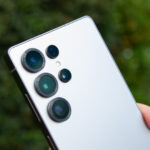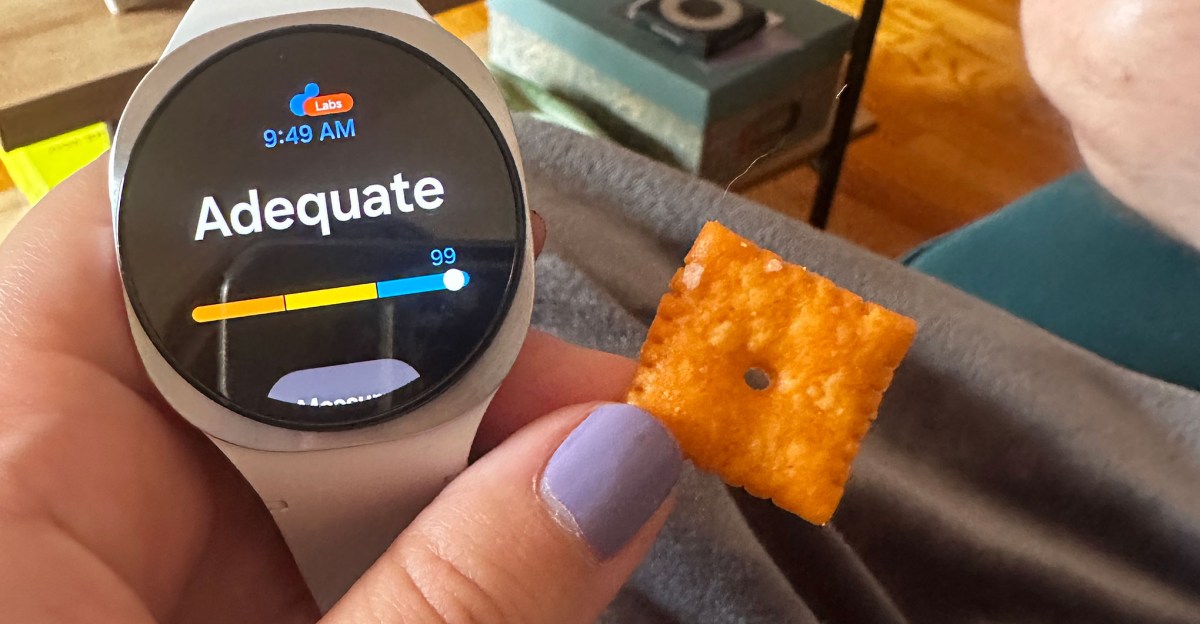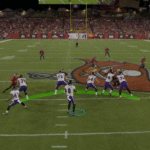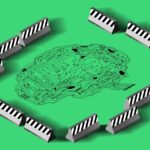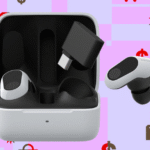If I were to believe the Samsung Galaxy Watch 8, I don’t eat enough fruits and vegetables.
Normally, smartwatches don’t make judgments about your nutritional intake. But this year, Samsung introduced a new experimental feature called Antioxidant Index. Using blue, yellow, and infrared LEDs, the watch’s sensor can pick up carotenoid levels in your skin. (Carotenoids are a type of antioxidant that give fruits and veg their yellow, orange, or red hues.) You stick your thumb on the sensor, press, and in 10 seconds, you get an estimate of whether you’re meeting the recommended amount of 400g of fruits and veggies per day.
I wasn’t expecting the Galaxy Watch 8 to say I was the Queen of Plants. I’ve been known to pooh-pooh a side salad in favor of fries with my burgers. But it was kind of rude when two weeks ago at Unpacked, I demoed the feature and got a dismal score of 37. This was after I’d just had a vegetarian July 4th, replete with zucchini, radishes, corn, cabbage, tomatoes, salad, and more peaches than I knew how to digest.
It was even ruder when this morning; it said I had a “very low” antioxidant score of 48. This, after eating my customary breakfast that includes a serving of fruit, coffee, and a green juice protein smoothie — all rich in antioxidants.
The old me would’ve tossed the Galaxy Watch 8 with an indignant huff. The new, evolved me decided to test this sensor on as many brightly colored things as I could get my thumbs on.
First was a tangerine peel. As expected, it got a score of 100. The same was true of a peach slice, a tangerine section, and a strawberry from my lunch and breakfast, respectively. I had less success with a blackberry. Despite having the highest carotenoid levels of any berry, the berry scored a dismal 37. At this point, I thought I was on to something. All the red, yellow, and orange fruits had passed with flying colors, yet a carotenoid-rich blackberry failed? Perhaps the Galaxy Watch 8 was more colorist than accurate.
I colored my thumb with a yellow-orange marker. Wouldn’t you know it? My Antioxidant Index shot up to 100. Next, I colored it with a blue marker. My score dropped to zero. Unfortunately, my color-based hypothesis was foiled by a piece of roasted broccoli. It, too, scored 100 and is, in fact, rich in carotenoids.
Perhaps the blackberry had failed because, when pressed against the sensor, it exploded in a mess of purple juice that was subsequently difficult to clean from the watch. Perhaps I was deficient in my antioxidant consumption. Or so I thought, until the Cheez-It.
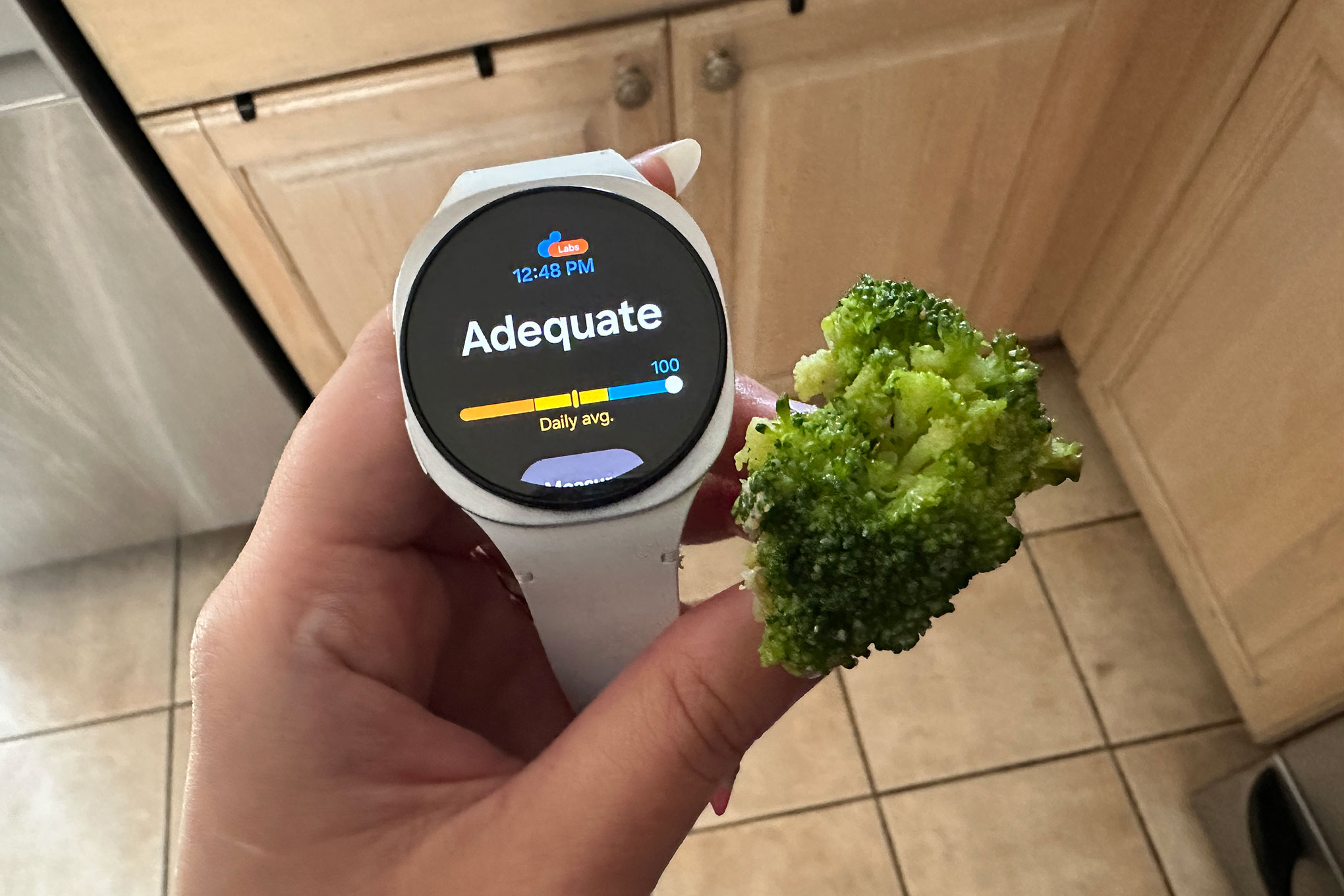
If you’ve never had a Cheez-It, it is a delightfully cheesy, crispy cracker, and most importantly, it is orange. The Cheez-It scored a near-perfect 99. Surely, a CHEESE cracker is not a paragon of antioxidant content. A quick Google search humbled me. Cheddar, the predominant cheese in Cheez-Its, actually does contain carotenoids. That’s actually why it’s orange. Upon this discovery, I had to lie down and stare at my ceiling.
I asked Samsung whether the sensor detects carotenoids based solely on pigments, or if there’s some other factor at play. I haven’t yet received an answer, but after some rest and reflection, the ghost of my common sense returned to me. It ultimately doesn’t matter whether I meet Samsung’s measure of “enough” fruits and vegetables — even if it is informed by the World Health Organization’s recommendations. What matters is that I make a concerted effort to include a variety of colorful fruits and veggies on my plate more often than not. If I’m deficient in a vitamin, it’ll likely show up at my next doctor’s appointment.
Features like this aren’t meant to make you spiral about whether you’re meeting some arbitrary standard. Even if a bunch of science went into developing detection algorithms using high-tech sensors, there’s always going to be errors and room for misinterpretation. This seems obvious, but it’s easy to get sucked into the quantified rat race toward perfection. If tracking a specific metric makes you feel worse about yourself, you’re allowed to take a break from it — or even decide it’s not worth paying attention to. None of this is meant to be taken that seriously.
Rather than obsess too hard over a new metric, the best takeaway from my time with the Antioxidant Index has been discovering that I enjoy peaches with waffles and tangerines as snacks. That, and Cheez-Its have antioxidants and from this day forth shall be considered a healthful part of my diet.
Photography by Victoria Song / The Verge
Read the full article here




